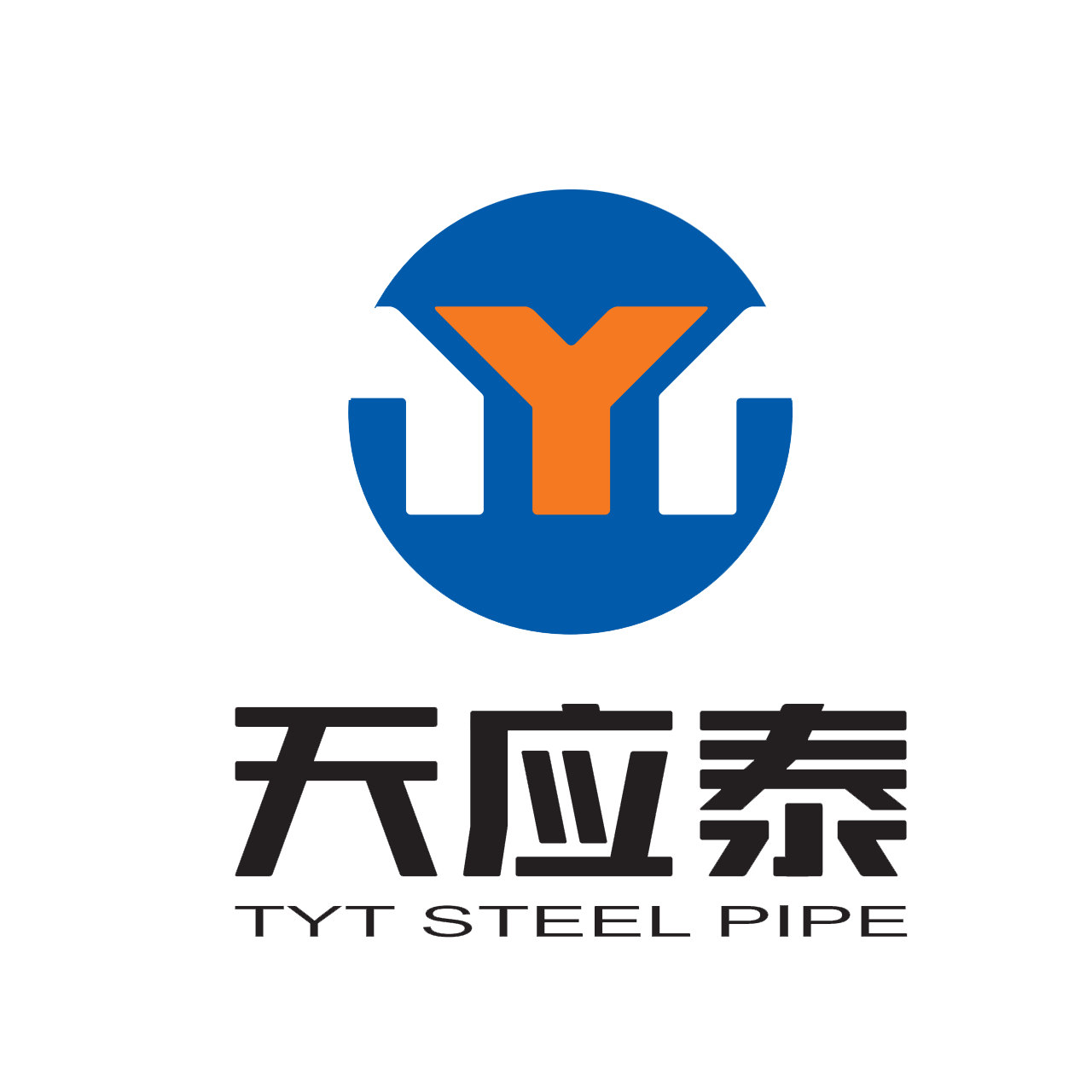Introduction to Seamless Pipe Manufacturing
Steel pipes are long, hollow tubes that are used mainly to convey products from one location to another. They are produced mainly by two distinct manufacturing methods which result in either a welded pipe or seamless pipe. In both the manufacturing methods, raw steel is first cast into a more workable starting form (hot billet or flat strip). It is then made into a pipe by stretching the hot steel billet out into a seamless pipe or forcing the edges of flat steel strip together and sealing them with a weld. In this article we will discuss the various methods involved in seamless pipe manufacturing.
Mandrel Mill Process
In the Mandrel Mill Process, a solid round steel billet is used. The billet is charged into a rotary hearth furnace. After the billet is discharged from the rotary hearth furnace, a small hole is punched into its end. This indentation acts as a starting point to aid in rotary piercing.
Rotary piercing is a very fast and dynamic rolling process that cross rolls the preheated billet between two barrel-shaped rolls at a high speed. The cross rolling causes high tensile stresses at the center of the billet. The design of the piercer rolls causes the metal to flow along the roll and over a piercer point as it exits the process. The piercer point is a high-temperature, water-cooled alloy tool designed to allow the metal to flow over it as a pipe shell forms from the rotary process. Once the pierced pipe shell is produced, it is immediately transferred to the floating mandrel mill.
The floating mandrel mill comprises eight rolling stands using 16 rolls and a set of mandrel bars. These mandrel bars are inserted into the pierced pipe shell and then conveyed into the mandrel mill and rolled into an intermediate size pipe shell. The mechanism of rolling the pipe shell through the mandrel mill with the mandrel bar inside acts as a control to create an intermediate standard outside diameter (OD) and a controlled wall thickness, based on the resultant dimension of the mandrel bar set.
The mandrel mill shell is then reheated in a reheat furnace so that it can complete the final rolling process and gain its final dimensions and micro-structural qualities. Upon exit from the reheat furnace, the tube receives a high-pressure water descale, removing the iron oxide scale that formed in the reheat furnace. A clean, scale-free surface is critical for good surface quality.
The pipe shell is further reduced to specified dimensions by the stretch mill. The pipes then are conveyed to the cutoff mechanism, where they are cut to the prescribed length. then these pipes are bundled and directed to subsequent finishing and inspection operations before shipment.
Mannesmann Plug Mill Process
Mannesmann Plug Mill Process is somewhat similar to Mandrel Mill Process with major difference in rolling plug mill in place of mandrel mill.
In the rolling plug mill, a pair of conical shaped rolls – one arranged above the other – operates in the opposite direction to the material flow. The thick-walled hollow pipe shell, with a cylindrical mandrel inside it, is guided towards the plug mill rolls. As soon as it is gripped by the tapered portion of the work pass, a small material wave is sheared off the hollow pipe shell. This wave is forged to the desired wall thickness on the mandrel by the smoothing portion of the work pass, with the hollow pipe shell plus mandrel moving backwards in the same direction as the rolls are rotating – i.e. in the opposite direction to the rolling – until they reach the idler pass of the rolls and are released. As the hollow pipe shell is rotated it is once again pushed forward between the rolls, and a new rolling cycle begins.
Extrusion Process
Extrusion is a metal forming process in which a work piece usually a round billet is forced to flow through a die of a smaller cross sectional area, thus forming the work to the new cross section. The length of the extruded part will vary, dependent upon the amount of material in the work piece and the profile extruded. Numerous cross sections are manufactured by this method.
Pipes can be directly extruded with the use of a mandrel attached to the dummy block. A hole is created through the work, parallel to the axis over which the ram applies the force to form the extrusion. The mandrel is fitted within this hole. Once the operation begins, the ram is forced forward. The extruded metal flows between the mandrel and the die surfaces, forming the part. The interior profile of the metal extrusion is formed by the mandrel, while the exterior profile is formed by the extruding die.
